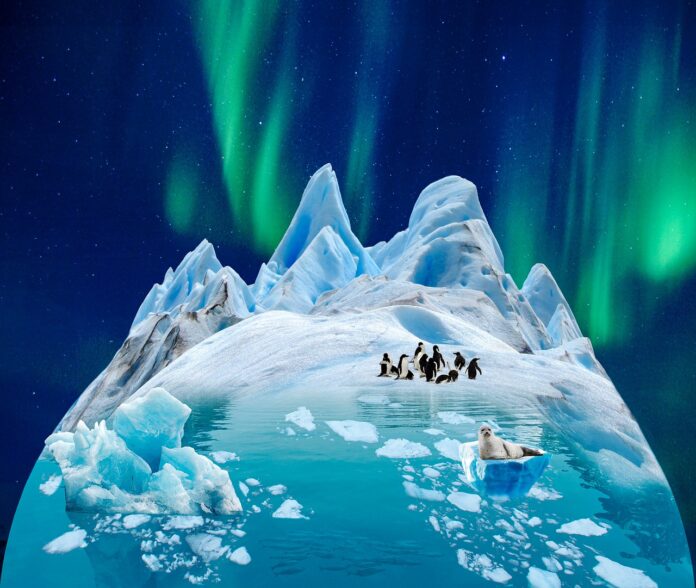Source: MakeLemonade.nz
Otautahi – Antarctica could cross tipping points, leading to a rapid and irreversible retreat which would have significant consequences for global sea levels, impacting New Zealandss’s coastline.
Researchers have confirmed for the first time that Pine Island glacier in west Antarctica could cross tipping points, leading to a rapid and irreversible retreat which would have significant consequences for global sea levels.
Pine Island glacier is a region of fast-flowing ice draining an area of west Antarctica about two thirds the size of the New Zealand. The glacier is a particular cause for concern as it is losing more ice than any other glacier in Antarctica.
Currently, Pine Island Glacier together with its neighbouring Thwaites glacier are responsible for about 10 percent of the ongoing increase in global sea level.
Scientists have argued for some time that this region of Antarctica could reach a tipping point and undergo an irreversible retreat from which it could not recover.
Such a retreat, once started, could lead to the collapse of the entire West Antarctic Ice Sheet, which contains enough ice to raise global sea level by over three metres.
While the general possibility of such a tipping point within ice sheets has been raised before, showing that Pine Island Glacier has the potential to enter unstable retreat is a quite different question.
Now, researchers from Northumbria University have shown, for the first time, that this is indeed the case. Their findings are published in leading journal, The Cryosphere.
Using a state-of-the-art ice flow model developed by Northumbria’s glaciology research group, the team have developed methods that allow tipping points within ice sheets to be identified.
The potential for this region to cross a tipping point has been raised in the past, but the latest research is the first to confirm that Pine Island Glacier does indeed critical thresholds, according to the study’s rigorously established and quantified methods.
Should the glacier enter unstable irreversible retreat, the impact on sea level could be measured in metres, and as this study shows, once the retreat starts it might be impossible to halt it.



